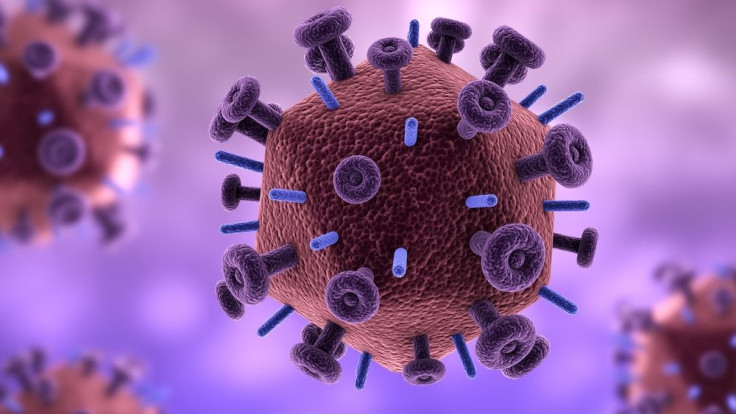HIV 'Can-Opener' Molecule Exposes Virus's Most Vulnerable Parts; What It Means For Vaccine Development

While testing a recently developed molecule, JP-III-48, on samples from HIV-positive patients, researchers at the University of Montreal in Canada observed something groundbreaking. The molecule had the ability to open up HIV “like a flower.” Although this finding is still in its early stages, the team hopes it may set the foundation for new preventive HIV measures and even possibly a way to eliminate the virus from those already infected.
Part of the reason why scientists find it so difficult to create a vaccine for HIV is that the virus has a unique way of evading the immune system. Although the host creates antibodies against HIV, without a way to physically reach the virus, it is difficult for the human body to mount an effective immune response against it. A recent study, now published in the Proceedings of the National Academy of Sciences, suggests a way around HIV’s defenses.
The virus is similar to a tightly sealed can. Figuring out a way to “open” HIV would allow antibodies to reach the most vulnerable parts of the virus and eliminate infection.
Harvard and University of Pennsylvania researchers developed JP-III-48, but Montreal researchers were the first to successfully test it on HIV-positive patients. The molecule imitates CD4, a protein located on the surface of T lymphocytes. CD4 acts as a doorway to the T cell and allows HIV to enter and infect. It was in the Montreal study that the researchers added JP-III-48 to the serum of patients infected with HIV-1 (the most common form of HIV) and witnessed the flower-opening effect.
“Adding the small molecule forces the viral envelop to open like a flower,” lead author of the study, Jonathan Richard, explained in a press release. The molecule forces the virus to expose parts which are recognized by the host’s antibodies. The antibodies then create a sort of bridge with some cells in the immune system and form an attack. “The antibodies that are naturally present after the infection can then target the infected cells so they are killed by the immune system,” Richard added.
So far, JP-III-48’s effect on HIV has only been observed in serum taken from HIV-positive patients, but the researchers hope to soon test this “can opener” molecule on primates with a simian version of the virus.
The researchers speculate that this discovery could have huge potential in research into developing a vaccine against HIV. Another factor that makes HIV so difficult to fight is that even if the virus is completely eradicated from the body, traces of it still remain dormant in HIV "resevoirs," waiting to return once treatments cease. The team believes that the “can opener” molecule can play a role in overcoming this defense. If scientists can develop a way to “shock” the HIV traces out of hiding, then they can be killed using the “can opener” molecule and already present antibodies.
Source: Richard J, Veillette M, Brassard N, et al. CD4 mimetics sensitize HIV-1-infected cells to ADCC. PNAS. 2015.



























